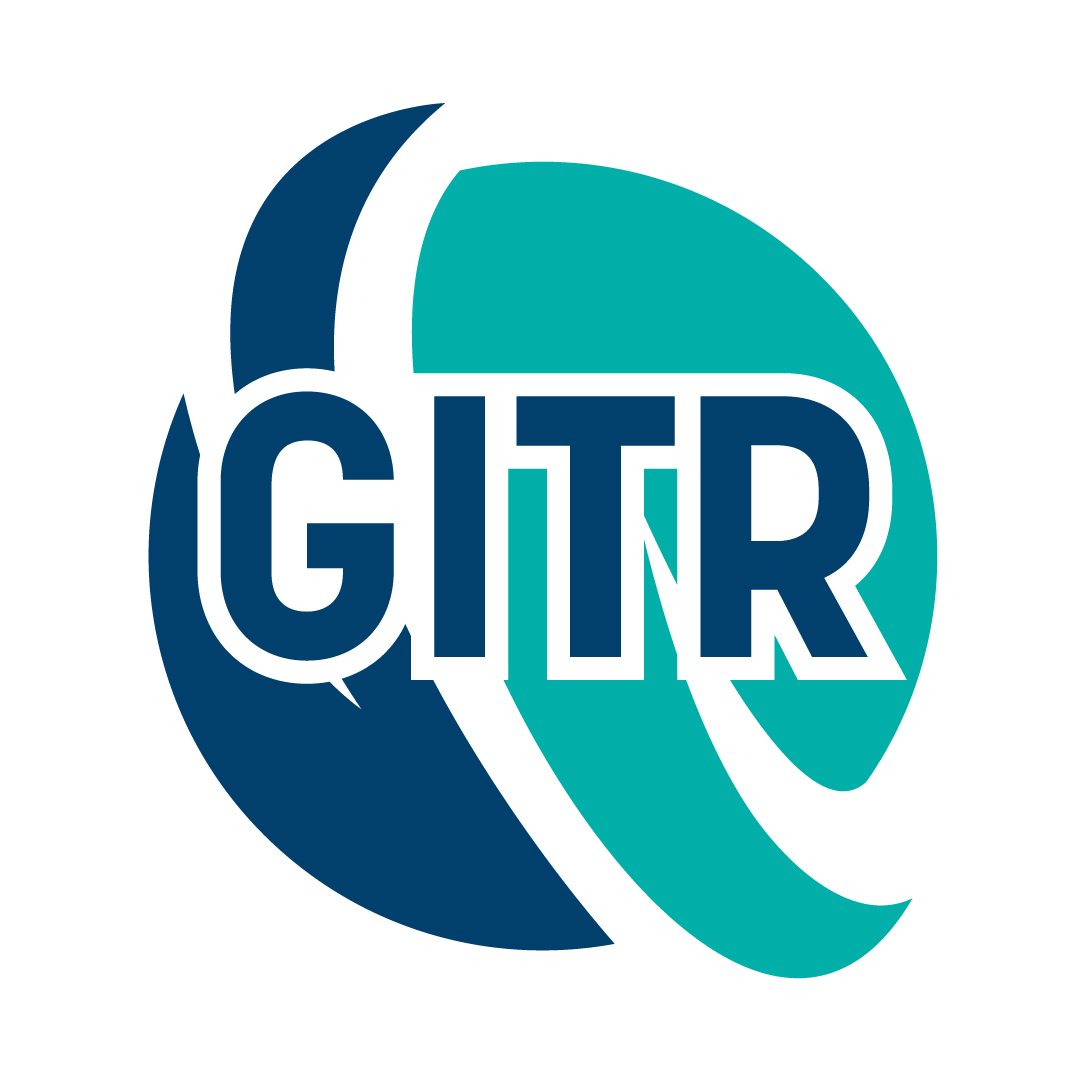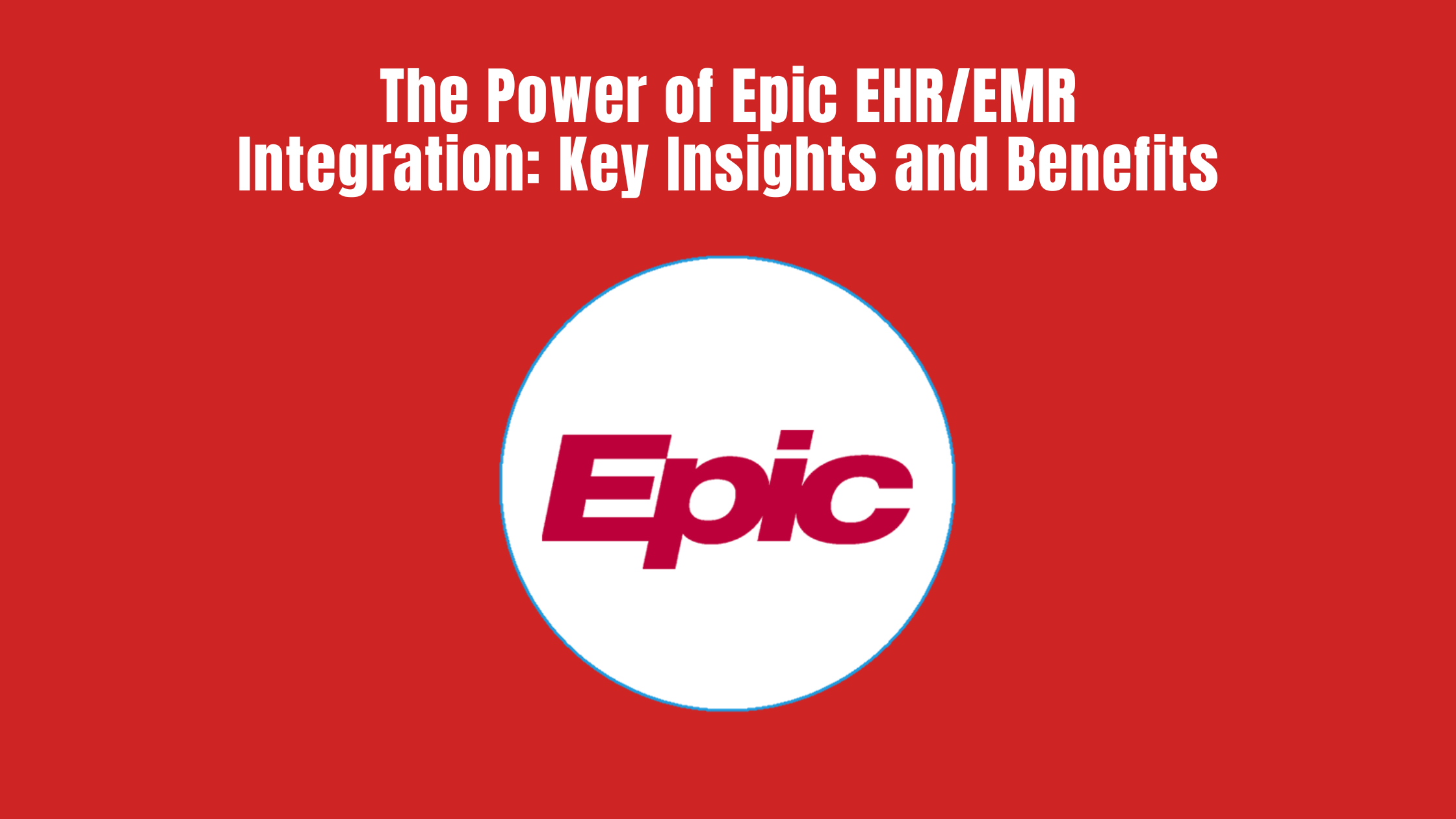
JP Morgan Healthcare Conference 2020: Not-For-Profit Track Review
The 2020 JP Morgan Healthcare Conference followed the usual format with one major exception. The lineup for the Not-For-Profit track was missing one major player, Kaiser Permanente. The reason being the usual presenter for Kaiser had recently passed away suddenly (2 months beforehand). I did not know Bernard Tyson personally, but, he was always regarded as one of the true titans of the healthcare industry and one of the most forward thinking, dynamic advocates for future healthcare policy.
That being said, of the $3 trillion US healthcare annual expenditure, $1 trillion on it rolls through our hospital systems. Of that, $120bn in hospital revenue was represented at the conference. The collective decisions of those healthcare giants will affect practically everybody in the US either now, or at some stage in the near future.
So, what are they interested in? What are they spending their money on? Where is the healthcare market headed?
This is a synopsis of the 13 most enlightening positions taken by the 26 presenting Not-For-Profit healthcare systems.
- The number one point was the push into digital healthcare. There is a board spectrum of interest in digital health, without a clear definition as to what that means.
To many of those present it meant “Virtual Care” or “Tele-Health”. However, this masks the many areas hospitals are moving into to create a more digitally orientated, advanced healthcare solution.
- Top of the list was Apps. Many hospitals are now on version 2.0 or 3.0.
- Second was digital patient access across a range of mediums.
- 3rd was advance analytics of the massive amount of data being created by EMRs.
- Wearables are being woven into everything for remote monitoring, early warning, and preventative healthcare.
- Electronic scheduling is the norm.
Key take away was “Healthcare Anytime – Anywhere”.
- Moving up, and down the vertical, as well as horizontally.
- Up the vertical into medical insurance (a tried and tested formula by many existing healthcare systems)
- Up the vertical into generic and drug manufacture.
- Conversely, down the track to onsite Specialty Pharmacies.
- Down the vertical into home care and self-monitoring.
- Through the horizontal in the form of acquisitions, mergers, partnering, ACO’s and joint ventures.
- Sideways into credit funding to assist patients with payments plans.
- Managed care is on everyone’s mind. The old fee for service is a fading portion of the income stream with most large systems expecting to see a big chunk of their income coming from managed services. Either via Medicare/Medicaid, state funded, or self-insurance.
- Whole Life Care – this was combined with discussions on PHM. Instead of waiting till the patient gets sick, act to prevent the illness in the first place.
- Example – in certain southern states 30+% of school children are obese by 5th In Orange County, (according to City of Hope) that figure is 20% of our own kids.
- Provide whole life advice, monitoring, education, prevent epidemic before it arises.
- Help with food insecurity, looking at long term housing solutions
- Genomic Sampling – all the top hospitals and systems had some sort of plan for specific or general genomic sampling of the population.
- For some this meant ultra-specific genomic testing of one rare cancer.
- Some hospitals where using it to build up a complete profile of their populations’ genome for PHM/data analytics/AI reasons.
- Practically every hospital system expected there would be a huge uptick in the use of wearables and/or remote sensing/streaming devices.
- Healthcare is waking up to the User Experience. Much more money being spent to look at improving the end user experience.
- Many Healthcare Systems moving away from bricks and mortar into home help.
- Most hospitals were advocating healthcare in the home.
- Less use of hospitals and more healthcare by remote monitoring, telemetry, physical implementation and utilization of medical systems in the home.
- Patients preferred to be at home. Especially for end of life situations.
- Cheaper more cost-effective use of resources.
- Creation of over 65 Year Old centers.
- Concierge service for seniors.
- Improves health and reduces hospital visits.
- Allow for specialization in geriatric assistance, advice, monitoring, education, and healthcare.
- Joint ventures. Almost everyone had a venture or joint venture portion/fund. Many are looking at ways to speed through the red tape and get to market quicker.
- No one focus. Generally investing in everything across the board to improve healthcare results.
- Preemptive testing based on AI/ PHM. Catch the disease before it’s a problem.
- Many hospitals developing score-based system to generate predictive results.
- Clinical Analytics Prediction Engine. Assigns individuals score based figures based on algorithms. AI crunches data. Predicts who is likely to be a risk. Arranges pre-screening of potentially susceptible population.
- Deal with the shortage of Dr.’s nationally.
- Free training
- Reduced fees
- Signing bonuses
- Changing what a Physician’s Assistant can do, so as to be more helpful to the Dr.
- Speed up dissemination of knowledge.
- Particularly in cancer hospitals – best practices are evolving so rapidly, methods of keeping Dr.’s and PA up to date need to evolve.
- Most hospitals need help in keeping up with what is considered old and out of date.
- It is especially hard to keep all Dr.’s up to date on what is the current best practice.
This article represents the views of Michael Williams, CEO, Global Healthcare IT, Inc. (attendee at the JP Morgan Healthcare 2020 conference). The details of which are summarization of the vast quantity of information available in the Not-For-Profit track. Anybody seeking further details, in depth analysis, or to engage Mr. Williams as a presenter on this subject, please contact Michael on mikew@globalhit.com to arrange an initial discussion.


